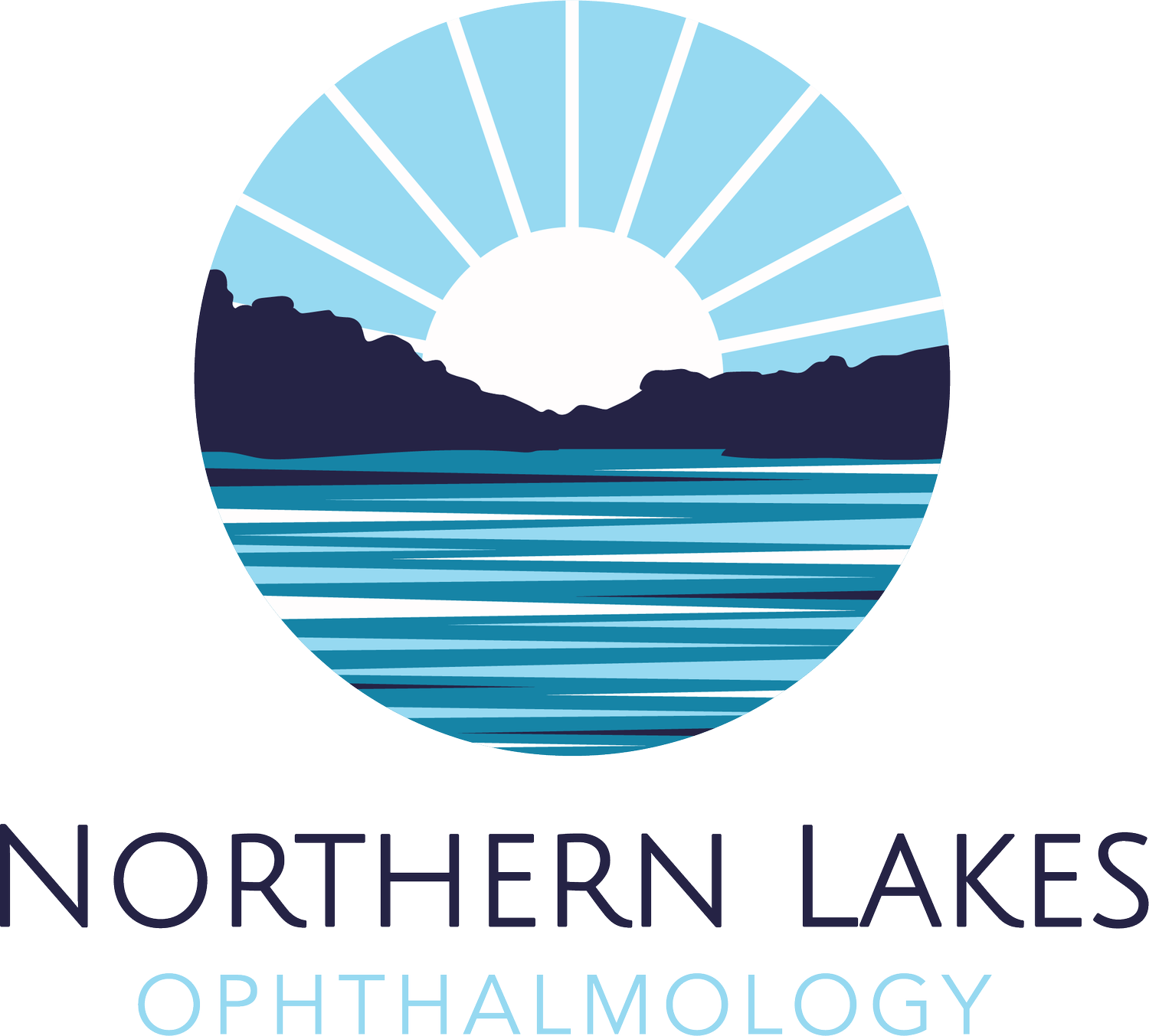Dry Eye
This might sound like a minor nuisance to people who don’t suffer from dry eyes, but patients who are affected by dry eye know that it can be life-altering. Dry eye can disrupt the quality of your vision and cause constant discomfort that can be distracting from more important things in life. There are a variety of causes and contributors to dry eye syndrome, and each patient is unique. Just as the circumstances leading to dry eye are unique for each patient, the optimal treatment plan also varies from patient to patient. Common treatments include lubricating eye drops, warm compresses, prescription eye drops, punctal plugs, and dietary supplements. Our office is equipped to evaluate your baseline tear production (Schirmer’s test), tear film stability (tear break up time by fluorescein), and the quality of your meibomian glands using meibography.
More severe cases may require temporary placement of a corneal bandage such as a Prokera or other minor procedures such as IPL. Some patients require more advanced treatments such as scleral contact lenses or autologous serum tears. Our goal is to partner with you to find a balance between which treatment is most effective for you and which treatment (or treatments) are practical for you. You will leave your appointment having a complete understanding of your options, and Dr. Kasprick will support and guide you as you determine what works best for you.
What Is IPL Treatment?
Intense pulsed light (IPL) therapy is an exciting new non-invasive treatment for certain forms of dry eye. It is also known as a “photofacial” and can improve the color (and sometime the texture) of your skin if you have signs of sun damage or age spots. IPL may also help if you have red, brown, or splotchy skin because of a health condition such as rosacea.
We use the Optilight IPL system made by Lumenis. This is the most advanced system available on the market today and is FDA approve
IPL for Dry Eye Treatment
IPL uses gentle pulses of light to treat the underlying causes of dry eye. It is relatively painless for most people and there are no major activity restrictions following treatment (except for avoidance of excessive sun exposure). IPL targets the skin around the eyes and also the eyelids, reducing inflammation, bacterial overgrowth along the eyelids, and even treating demodex. The light also helps treat the buildup of oil or other debris blocking the meibomian glands that produce the critical oil component within your tears.
How IPL Treatment Works
IPL uses light energy to target certain pigments in your skin. This may involve eliminating pigmented spots or patches on the skin or treating fine blood vessels that are contributing to inflammation in the eyelids and worsening dry eye.
Who Should Get IPL Treatment?
Patients with a specific type of dry eye related to meibomian gland dysfunction or ocular rosacea are generally excellent candidates for IPL. It works best and is safest for you if you have pale or light brown skin. Talk to your ophthalmologist if you have any of the following conditions are interested in IPL treatment.
Dry Eyes
Broken blood vessels
Brown spots, also called liver or age spots
Discolored skin
Redness from Rosacea
Here is a short list of things to avoid prior to your IPL treatment.
No excessive sun exposure including, tanning beds, or tanning creams for 4 weeks prior to your treatment
No Waxing, chemical peels, or collagen shots for 2 weeks before
No makeup on the day of your treatment
Try to avoid blood thinners such as aspirin for several days prior to your treatment (the doc will discuss this with you prior to treatment and may or may not recommend that you stop them)
Try to avoid any medication that will make you sun-sensitive; for example, the antibiotic doxycycline. You can discuss this further with Dr. Kasprick at your appointment.
What to Expect During IPL Treatment
Once you’re there, a technician or ophthalmologist will apply a clear gel to your face and eyelids. If you are receiving cosmetic treatment only, you’ll wear dark glasses to protect your eyes. The handheld IPL device will gently be applied to your skin and a pulse of light will be applied at each location. The actual treatment will last less than 10 minutes but larger areas could take a bit longer. If you are being treated for meibomian gland dysfunction and dry eye then your doctor will discuss meibomian gland expression with you which can generally be done after your IPL treatment.
Things to Keep in Mind About IPL
These procedures are FDA approved but are not covered by medical insurance at this time. Please give us a call to discuss pricing.
IPL can make your skin look and feel better and many patients describe the treatment as life changing for their dry eye. It is important to know that conditions like dry eye, meibomian gland dysfunction, and ocular rosacea often require some degree of life long treatment. Your initial IPL therapy will most likely require more than one treatment and most patients require maintenance treatment every 6 months to 1 year afterward


